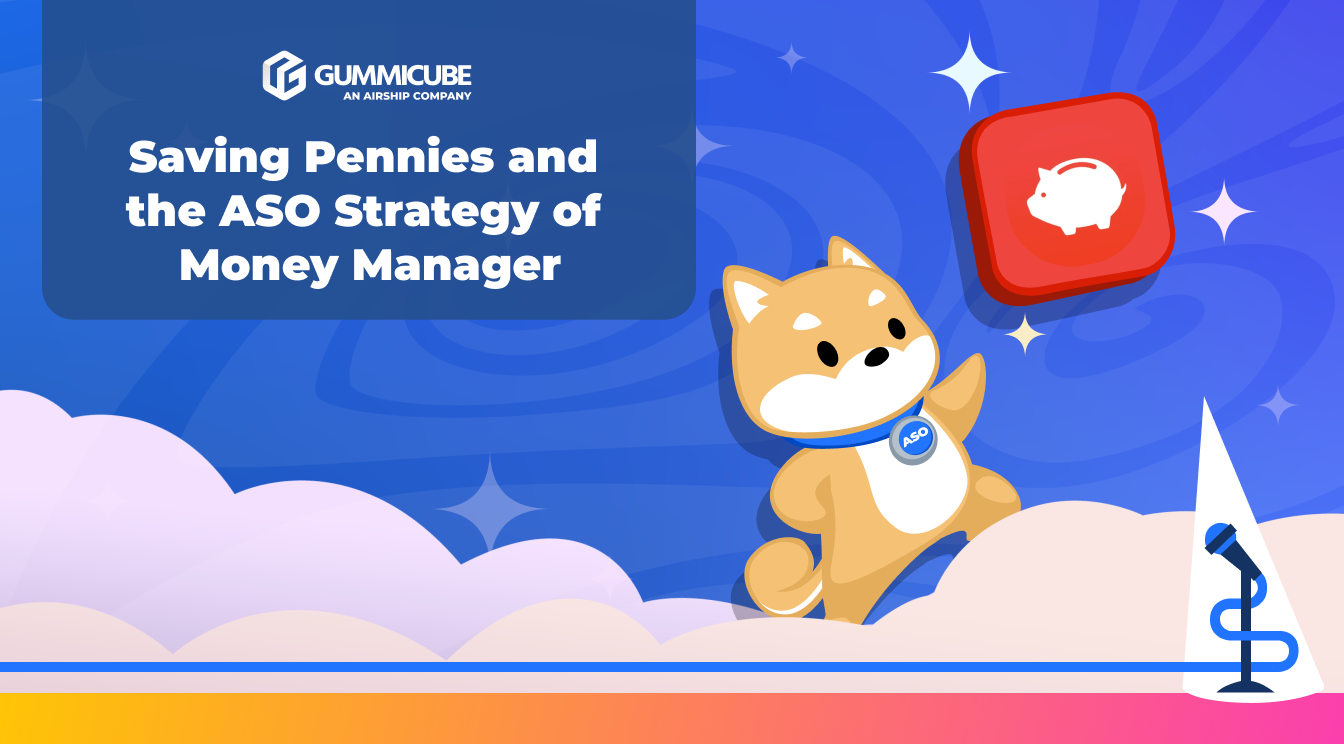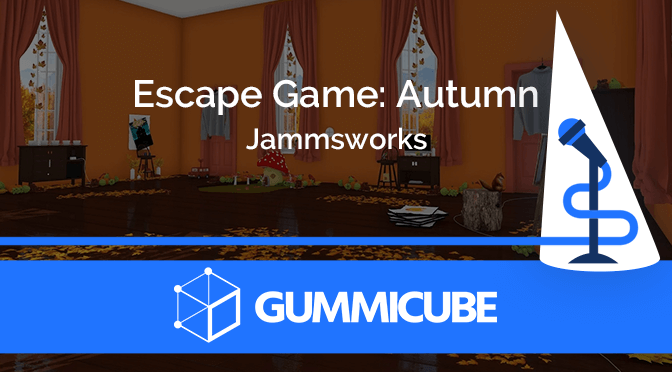
Saving Pennies and the ASO Strategy of Money Manager
Posted on December 23rd, 2025
Small changes in Money Manager's ASO execution could result in a boost in visibility and conversion rates. Read more to see where they can improve.

The Escape Game apps are a series of mobile games by Jammsworks Inc, each with a different theme. They’re mobile apps based off escape rooms, where users must uncover hidden clues and solve puzzles to escape the room. With Fall well underway, apps with an autumnal theme can capitalize on seasonality to grow. For this week’s App Store Spotlight, we take a look at Escape Game: Autumn and its App Store Optimization.
On the Apple App Store, Escape Game: Autumn ranks #2 on the store for “Autumn” searches. It does not rank for the synonym “Fall,” which is more commonly used in the US. It also does not rank for “escape room” or “escape game.” It does rank for long tail “escape game” terms, such as #207 for “free escape game” and #110 for “escape games mystery rooms.” The app’s rankings for most keywords are on the lower end, such as #72 for “can you escape” and #89 for “mystery room escape.”
Creatives: Escape Game: Autumn uses five screenshots. The intent appears to be to give users a taste of the game by showing them different screenshots from the room they’re escaping from. What this does is present three connected screenshots, but all presented without context or descriptions. The other screenshots are cropped images showing a wider view of the room and a squirrel sleeping on a bed, which tell users little about the game or why the images are relevant to its functionality.
Without any information about the screenshots, users may not fully understand the game’s functionality or value propositions. Using callout text to illustrate the features and gameplay can help convert users by giving them an understanding of what the game has to offer.
The description mentions a few different aspects of the game, such as combining items, solving puzzles and playing hide-and-seek with animals. The screenshots do not make any of this clear, so changing them up to showcase different aspects of the game and including callout text to highlight them could help with conversions.
The orange and red color scheme of the screenshots do work with the Fall theme. The screenshots emphasize the seasonality of the escape game by including fallen leaves, pumpkins and similar Fall imagery. That is helpful for seasonality, but it takes more than showcasing the season to help an app succeed.
Title & Subtitle: “Escape Game: Autumn” is 19 characters, so the app has room for 11 more characters that could help it index for additional keywords. Even adding in the word “room” could help it index for “escape room” terms if it’s not included in the keyword bank.
The subtitle, “Can you escape from here?” is 25 characters but does not help for keyword indexation. The only keyword is “escape,” which is already used in the title. Using keywords related to the gameplay or themes can help the app index for more terms and illustrate its purpose to users.
Description: The app’s description is formatted well for iOS, but there is much room for improvement. It uses short lines for the introduction, followed by feature sets, so it’s easy for users to read while scrolling through.
What the description includes does not say much about the game. While the description mentions how players “find and combine items and solve puzzles,” the feature set does not delve into any such aspects. It does not mention the escape room mechanics, the kinds of puzzles or the game’s challenges. The only feature sets talk about how it’s an easy game for kids and first-time players, how it’s easy to play and that it’s free. While these are good information for users, more information about the app would be valuable.
Providing more information about the app could help boost conversions by enticing users with details. Letting them know what to expect from the app and the kind of game it is could help convince users to try it for themselves. It could also focus on Fall seasonality by talking about the autumnal themes in the game.
The app was designed in Japan, but was not localized when it was translated, so there are grammatical errors such as “You are in a house where autumn leaves, mushrooms and squirrels are lived.” This is a good example of why proper localization is important, as a description written for US users could help improve its performance.
On the Google Play Store, Escape Game: Autumn ranks #1 in searches for its full name, but #22 for “escape game” and #23 for “autumn.” Its rankings only get lower from there, with #39 for “cabin escape” and #97 for “escape games.”
Creatives: The app’s screenshots are almost identical on iOS and Google Play, with one exception. While the iOS app uses three connected portrait screenshots to show a single scene, the Google Play app’s equivalent is a single landscape image, followed by two portrait mode pictures. As a result, the app has three of the eight screenshots Google Play allows.
This leaves room for several more screenshots that could show off the app. It could show more aspects of the game, demonstrate the puzzles, focus on the hide and seek game or highlight the autumn aspects of the app. Using callout text to highlight the features could assist the app’s conversions by explaining more about what it provides.
A video showing the app in play could also help. Puzzle games like this can take a lot of investigation, so showing the game in action in a video can give users an idea of what level of difficulty they can expect.
Description & Metadata: The app uses the same description for iOS and Google Play. As a result, it is not optimized for the Google Play Store and has difficulty indexing for keywords.
For an app to target keywords on Google Play, it needs to utilize them in its title, short description and long description. A minimalist description will not help an app index for many terms, and if it wants to target any, it needs to use them near the front of each line.
Escape Game: Autumn’s feature sets use lines like “search by tapping the screen” and “There is a hint button from MENU.” These do not help it target any keywords. If it were to rewrite its description with a focus on features and gameplay in a keyword-focused way, it could potentially rank for more terms and improve its conversions. Autumn-themed apps will be in more seasonal demand, so updating to improve conversions could help it.
Escape Game: Autumn is a good example of Fall seasonality as the Autumn themes in the screenshot, title and description highlight the season well. With that said, the app’s page also needs to emphasize the features and values of the app itself.
The app page can utilize more screenshots that showcased various aspects of the game, update its description to talk more about the app and focused on targeting relevant keywords. If it were to do so, it could improve its ASO. As it is, Escape Game: Autumn has room to grow, and the lessons here can be applied to the other games in the Escape Game series.
Want more information regarding App Store Optimization? Contact Gummicube and we’ll help get your strategy started.

Small changes in Money Manager's ASO execution could result in a boost in visibility and conversion rates. Read more to see where they can improve.

Cleanup demonstrates a solid foundation in their app listing, but implementing ASO best practices can help set them apart from the competition.

By incorporating high-volume keywords, creatives, & A/B testing, the listing can better communicate the device’s capabilities during peak app seasonality.